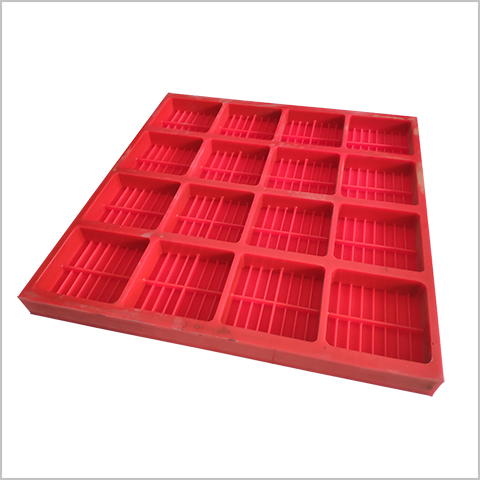Tel: +86 311 8595 5658 E-mail: admin@yuanlvfilter.com
While traditional woven wire screens have served the mining industry well, operations facing intense wear, frequent replacements, or challenging materials need a more robust solution. Engineered screen media, specifically Rubber and Polyurethane (PU) screen panels, offer superior performance in handling abrasive and heavy materials compared to standard wire mesh. Both are exceptional materials, but understanding their distinct advantages is crucial for selecting the optimal mining screen media that drives productivity and profitability for your unique operation.
Choosing the right screening media goes beyond just the material.
To maximize your investment and operational efficiency, consider these vital aspects:
Holistic Operational Assessment: Dive deep into your mining process. Pinpoint the specific challenges hindering production or impacting your bottom line. Is it screen lifespan, throughput limitations, or material handling issues? Identifying these bottlenecks is the first step towards finding the right solution.
Material Matching & Expert Consultation: The nature of the material being screened – its size, abrasiveness, shape, and moisture content – is critical. Partner with a reputable screening media supplier. Their expertise is invaluable in matching the ideal screen material (rubber or polyurethane) to your specific application requirements.
Proper Installation & Maintenance: Even the most advanced screen media requires correct installation and consistent maintenance to deliver peak performance and longevity. Ensure your team understands and follows best practices to get the most out of your investment.
Rubber screen media might be your superior choice when your operation deals with significantly large material (over 12 inches) or requires screen openings larger than 4 inches
Thickness & Durability: Rubber screens can be manufactured much thicker than polyurethane, providing exceptional durability.
Impact & Abrasion Resistance: This thickness translates directly into superior resistance against heavy impacts (like material dropped from height) and harsh abrasion.
Noise Reduction: Thicker rubber naturally dampens noise levels during operation.
Versatility: Rubber performs excellently in both wet and dry screening applications and is ideal for heavy-duty tasks like pre-screening or scalping.
Efficiency: Like PU, rubber screens often feature tapered (conical) apertures, promoting faster material passage and reducing plugging potential.
Ease of Installation: Generally straightforward to install, minimizing downtime.
Are irregularly shaped particles causing frustrating aperture blockages (clogging)? Or are fine, sticky materials blinding your screens and slowing down production? Polyurethane screens excel in these scenarios:
Superior Anti-Clogging: Polyurethane possesses a naturally low coefficient of friction (it's slippery!), which is further enhanced by water. This inherent slickness allows most materials, even awkwardly shaped ones, to flow through freely.
Reduced Blinding: Polyurethane's unique flexibility is key. The screen surface can flex subtly under load, actively dislodging fine, sticky particles that would otherwise build up and block the openings (blinding). This keeps the screen open and operating efficiently.

Choosing between robust Rubber and versatile Polyurethane depends entirely on your specific operational challenges and material characteristics. Making the right choice means boosting efficiency, reducing downtime, and improving your overall profitability.
Ready to find the perfect screening solution?
Our experts can help analyze your needs and provide the optimal, high-performance screening media tailored for your projects.